
If you’re looking for ways to…
- help your English Language Learners access grade-level content
- Support ELLs in their mainstream classes
- Help a classroom teacher integrate accommodations into their instruction
…read on!
Everyone Uses Accommodations
Accommodations aren’t just for English Learners.
All teachers make accommodations for their students to help with content and academic skills.
Even among native speakers, learners proceed at different paces and teachers naturally use all sorts of strategies to level the playing field.
Every child is different and, in order to give every child a chance, we need to meet them where they are.
- Whenever a teacher leans down to explain something again to a student who didn’t get it the first time, an accommodation has been made for that student.
- Whenever a teacher gives a student a little extra time to complete an assignment, that’s an accommodation.
- Whenever a teacher asks another student to help out a student who is struggling, they’ve made an accommodation.
Just to be clear, let’s make sure we define clearly what it is we’re talking about.
Accommodations are not modifications. When we’re talking about accommodations, we’re not talking about changing the content the students are learning, just finding ways of making the same content more accessible.
Also, accommodations don’t mean just giving students answers. It’s making it possible for students to show what they know when English is not their first language.
Understanding a child’s English proficiency is important, but when we’re assessing a child’s content knowledge, we need to separate that from testing their English proficiency as much as possible. Otherwise, we are testing for the wrong things and can end up with data that does not accurately reflect what a child does or doesn’t know.
When it comes to ELLs, many teachers find that their usual accommodations, the accommodations they often use without really realizing they’re even accommodations, don’t necessarily work as they expect them to, like they do with native speakers, and they can get flustered or frustrated.
They simply aren’t used to the unique accommodations that English learners need…
…Or the unique responses ELLs have to the accommodations.
Those accommodations don’t come naturally.
These accommodations can feel a little uncomfortable and teachers worry that they’re either:
- being unfair to other students
- or spoiling those the accommodations are meant to help.
Many teachers don’t naturally understand the challenges their ELLs face because they themselves have never moved to a new country where everyone speaks a language different from their own.
Classroom Accommodations for ELLs
Here is a list of classroom accommodations teachers can use to help their English learners access content from the curriculum, to give their ELLs a fair chance at an education.
- Build Background Knowledge or Content Knowledge – By looking ahead at what students will be learning, you can provide them with resources to beef up their background knowledge in those areas before the class begins
- Bilingual Dictionaries – Word to Word Translation Dictionaries.
- Speaking Speed and Clarity – Slow down and pronounce each word succinctly and clearly.
- Time – Provide students with some extra time to think before asking for a response or requiring a student to complete an assignment.
- Visuals – Find images, videos, realia, anything that will help tie vocabulary, concepts, stories, etc to real things students can visually understand.
- Repetition – Repeat things you say to your students and have students repeat what you say back to you as well as answers other students have offered.
- Scaffolds – There are a number of scaffolds you can use with your students like graphic organizers or anchor charts, check out this article for more ->
- Translation – Oral translation, direct translation, literary translations, all can be helpful tools for assisting your English Language Learners
- Translanguaging – Let students use their native languages in natural ways alongside their new language. – Check out this article for more ->
- Assign a Friend – Pair students with native speakers or with another student who speaks the same language for help and/or discussion when wrestling with a text or completing an assignment.
- Cheat Sheet to Classroom Guidelines, Class Topics, Concepts
- Parental Involvement – You can use a tool like Talking Points to help you communicate with parents with whom you do not share a common language.
- Testing Accommodations – In many cases, students can use an alternative language edition of an exam or be allowed more testing time. Check out your state’s guidelines for what testing accommodations are allowed for your students.
- Reasonable Extensions – Giving students a little extra time to complete assignments can make a huge difference.
How to Get Started Implementing Accommodations
You may have arrived at this article for two different reasons:
1. You want to know how to use accommodations for the students you teach.
2. You want to know how to help content teachers better utilize accommodations for the ELLs in their classrooms.
We’ll cover both situations below.
I believe there are two steps to helping ourselves as well as content teachers begin to utilize the accommodations necessary to help our English learners succeed.
Helping Ourselves:
1. Understand Your Students Better
Often, we speak of English language proficiency as though it were a single unit of measurement, but it’s not.
There are many different facets to language proficiency including:
- Speaking
- Listening
- Reading
- Writing
- Vocabulary
- Grammar
- Phonics
A student can be much more proficient in speaking than reading, for instance.
We need to get a clear picture of where our students are, what their strengths are, what their weaknesses are. If you need a helpful assessment to assist you with this, check out the Kid-Inspired ESL Assessment & Guide ->
A student’s language proficiency is only one piece of the puzzle though. We also need to better understand each student’s background and culture.
We need to know what kind of education they received—if any—before they arrived in our classroom. Our students may know more or less than we think they do simply because they are unable to accurately show what they know.
We need to better understand the cultural customs, expectations, hopes, and dreams of our students and their parents.
Afterward, we can provide accommodations that are helpful and specific to each student, accommodations that help move those students towards not needing the accommodations any longer.
When we’re busy, it’s easy to get in the habit of always providing the same accommodations to all students all the time across the board so that we can make things more manageable, ahem, keep our sanity.
Unfortunately, that can mean some students come to over-rely on those accommodations even after they no longer need them.
2. Master 1 Strategy at a Time
When you’re first looking at the list above, it can feel overwhelming.
How can I introduce all of these different accommodations?
I can’t even remember them all.
Don’t panic.
Don’t try to tackle all accommodations at the same time. Start by choosing 1-2 that are going to make the biggest difference with your students. Once those accommodations become a little more natural, you can look at adding a couple more.
Make accommodations a topic of conversation among your students. They are the best ones to decide when those accommodations are needed and when they aren’t. The more that they can start taking responsibility for deciding when to use or not use them, the better off they will be in the long run.
Helping Classroom Teachers
Helping Content Teachers Better Utilize Accommodations
If you’re here to learn a bit more about the accommodations available to you
I truly believe that most teachers try their best with their ELLs and end up feeling frustrated that their strategies aren’t working.
Also, change is hard. Learning new strategies usually means opening yourself up to failure, embarrassment.
Change usually requires persistent practice.
1. Teachers need to understand each other better
Very often we assume more than we should about each other, about others’ motivations, objectives, feelings. Find a time to sit down with other teachers and get them talking about their views on education. Ask lots of questions. Listen. Control knee-jerk reactions. Seek to understand. Find common ground. Build on that.
2. Teachers need to understand their students better
There are so many ways we can open the eyes of teachers so that they see more clearly the students they are trying to teach. Only, it doesn’t usually happen through preaching at them.
A few ideas to consider:
- Giving teachers a test in another language. A teacher on Facebook told the story of how, at a training meeting, she gave some of the content teachers at her school a test in Russian on basic math. The teachers knew the math required for the test, but couldn’t show what they knew due to the language barrier which made them feel the test was unfair.
- Teaching something to teachers in a language other than their own, first, without any accommodations, and then, afterward, with accommodations. There are a few videos online illustrating this, including this Comprehensible Input Demonstration video, a favorite of mine by Valentina Gonzalez.
- Student Background and Culture Projects – Getting your students creating shadow boxes, posters, essays, etc. that help them tell their story really assist in building understanding with the teachers and staff at school. When there is a language barrier, it’s simply not as easy for us to relate to someone and feel the same connection as we do with those who speak the same language. When students can tell their stories, there is a much better chance for empathy.
3. Students need to understand each other better
One of the objections teachers have is that either they or their students feel that accommodations for ELLs is unfair.
Why should some students get special help when others do not?
I don’t want to treat them any differently than I would treat any other student.
The best response to this that I’ve discovered came in the form of a TicTok video about bandaids.
You can watch the video below:
The teacher showed the class how every student’s needs are different and that fairness does not mean that everyone is treated the exact same way.
4. Focus on 1-2 strategies at a time
I remember when I used to train teachers and I tried to give them all of my best strategies all at once in a training meeting. Then I would be discouraged when I observed classes and saw that none of those strategies was being utilized.
Things improved drastically when, after observing a teacher’s classes, I focused in on 1-2 things I thought would make the biggest difference for them and their students.
Even though I had written down tons of notes about all aspects of the classes, I didn’t end up using many of those ideas. I just picked a couple, and, furthermore, I tried to find any time in the class where I saw the teacher do something similar to what I was recommending. I first affirmed what they did and commented on how much of a difference it made and how helpful it would be if they did more of it.
People are people. If don’t affirm the good you see in people first, you will never get them to listen to those areas you believe they could improve.
So what have I missed? Leave me a note!
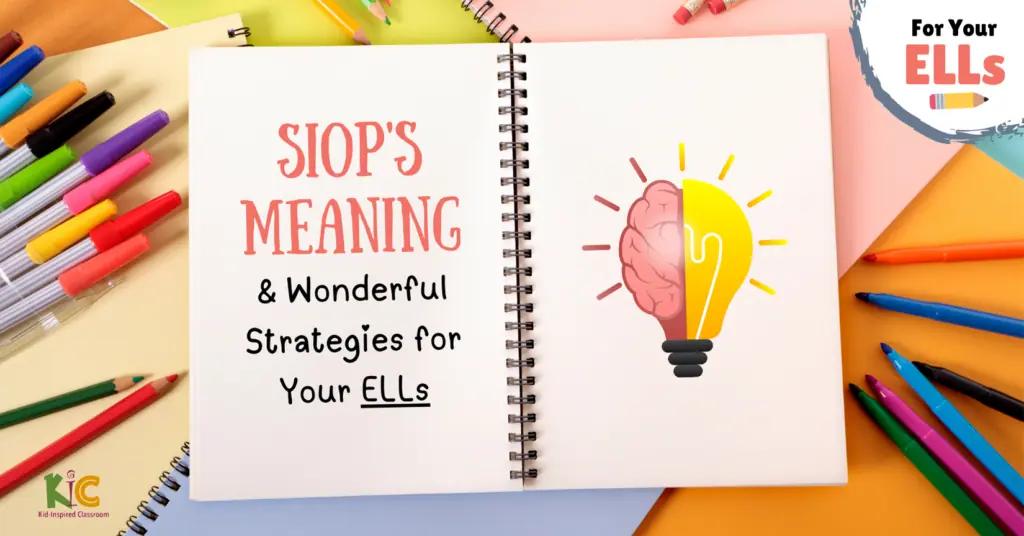

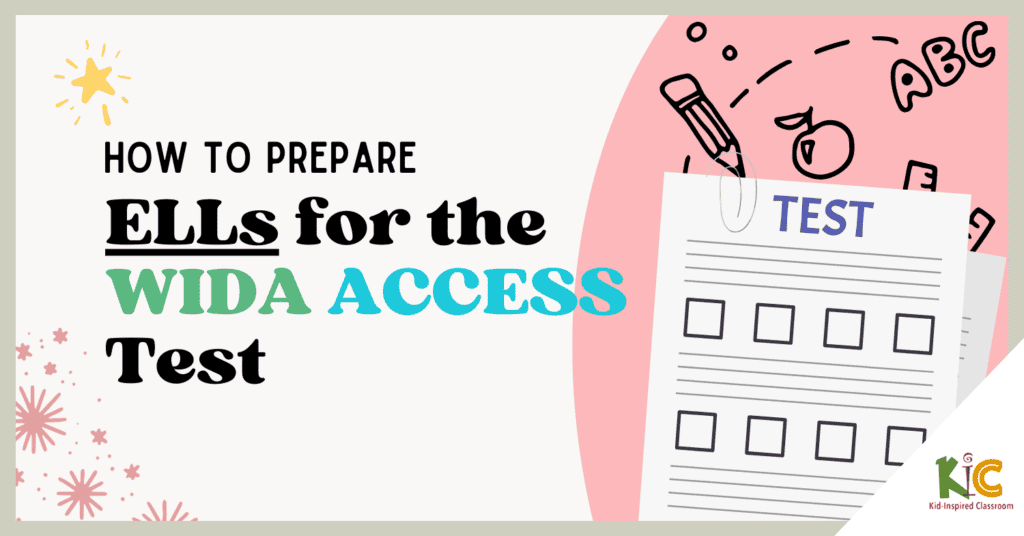
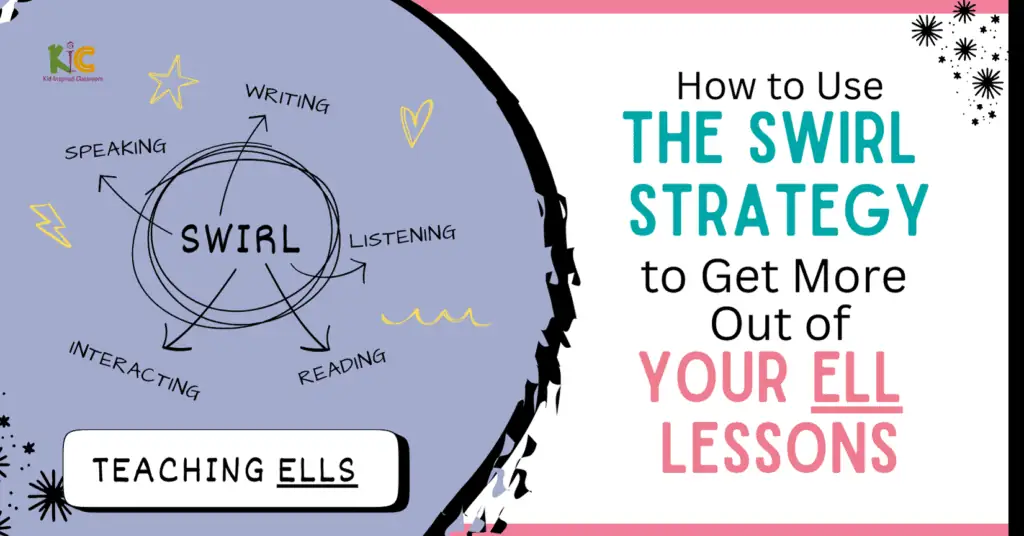
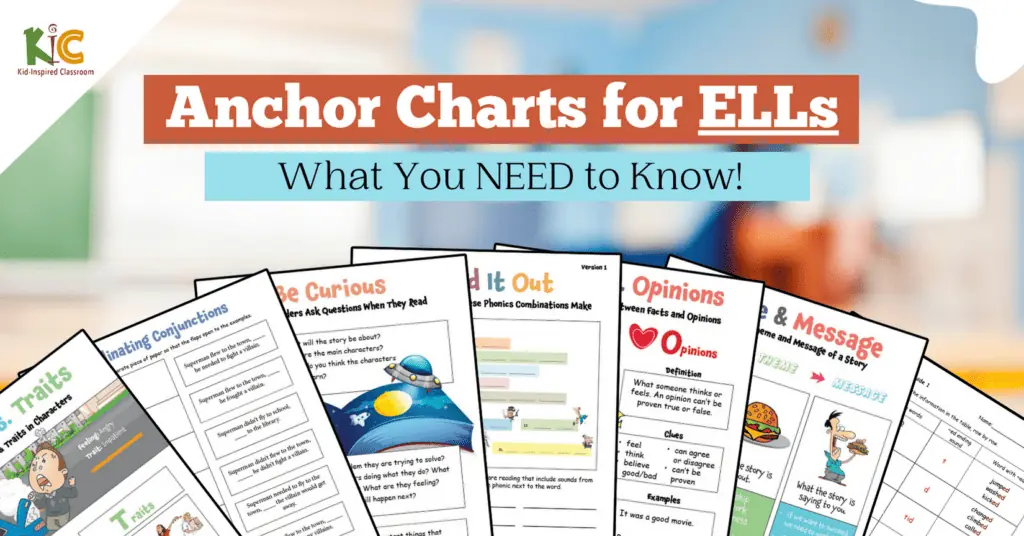
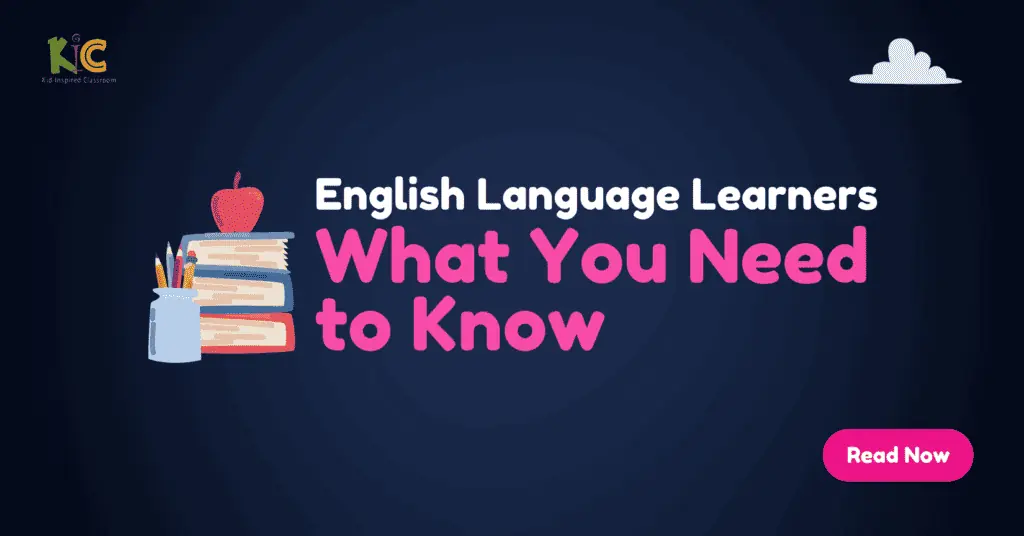

I love this article as an ELL teacher I’m always looking for a way to help content teachers. Do you have a copy of the Russian math test? I’d love to be able to use this example when talking to our staff.
Hey Emma, I don’t have a copy of the Russian math test, unfortunately. It was a strategy that a teacher shared about using in the Engaging ELLs Facebook group. You might be able to find some foreign language math tests though online without too much trouble that could be used for the same purpose.